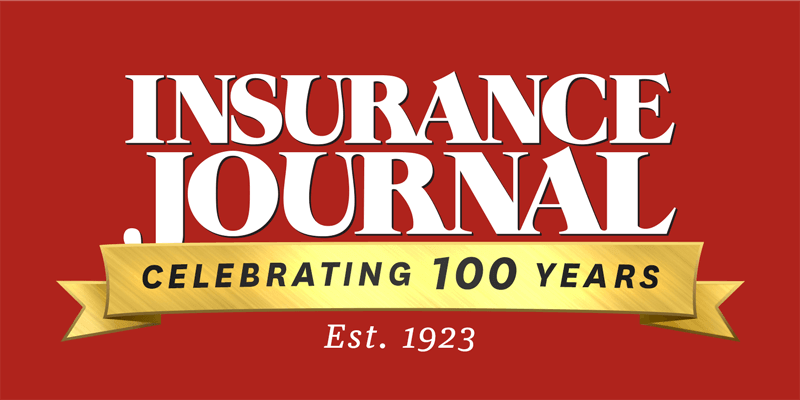This post is part of a series sponsored by SWBC.
As your clients’ trusted insurance broker, it’s important to stay up to date on industry challenges impacting their businesses so you can provide the most valuable support when they come to you with questions or for referrals.
I’ve spent the last 16 years working with real estate investors (REIs). Like many of us in the last two years, these investors have developed new pain points and opportunities through the COVID-19 pandemic and recent economic downturn.
With inflation reaching historic levels over the summer and rapid interest rate hikes from the Federal Reserve, the real estate investment landscape has changed significantly in the past year.
Real Estate Investors Are Getting Hit on Two Fronts
First, we are officially in a hard insurance market. In this environment, real estate investors are getting hit hard at renewal time with rate increases, with some seeing premiums rise as much as 30%.
Secondly, insurance carriers are forcing real estate investors to increase their valuation of properties per square foot. In turn, this increases their total insured value (TIV). Having a higher overall TIV can also contribute to higher insurance costs.
Because insurance premiums are calculated using the property’s value, some insureds have tried to save on their insurance cost by under-reporting the total insured value, or TIV, of the property. While this approach can save some investors money on their premium in the short term, it works against their long-term best interests.
The Dangers of Undervaluing TIV
For one thing, inaccurate or artificially low TIV is a major source of property claim litigation. Undervaluing TIV also means your clients run the risk of getting paid out based on actual cash value (ACV) versus the replacement cost value (RCV) and they could face a co-insurance cost penalty.
While insuring only the amount they’ve invested may seem appealing, this can result in only having coverage for partial losses subject to a co-insurance penalty.
Actual Cash Value vs. Replacement Cost Value
It’s important for your clients to differentiate between actual cash value and replacement cost when considering coverage options.
ACV is the amount of money that would be needed to repair or entirely replace your clients’ property. ACV depends heavily on factors like inflation and depreciation. In other words, ACV is what the property is worth on the market, today.
The upside to insuring based on ACV is that there is typically a cheaper premium, so your clients pay less cash over the life of their policy.
The downside is that if your client experiences a loss, the actual cash value might not be enough to cover the total cost to repair or replace the property.
As the name implies, replacement cost value accounts for the money needed to repair or replace your client’s property. Replacement cost replaces the entire value of the property without a depreciation deduction.
The upside of insuring based on RCV is the payout in a loss covers the entire cost of the property. However, premiums will be higher over the policy’s life.
Let’s your client has a $400,000 property. They’ve owned the property for one year with a depreciation rate of 3.5%. They experience a total loss that was covered by their insurance policy.
- An actual cash value policy would pay out $386,000 for their property.
- A replacement cost policy would pay the full $400,000 for their property.
Conclusion
Though the insurance marketplace is hardening for all industries, coverage prices vary from company to company, so it’s in your clients’ best interest to shop around. You can work with them to get names of companies or brokers who specialize in finding insurance solutions specifically for real estate investors. When shopping around, compare prices and services of several companies so you can get a feel for the types of services they would provide.
When your clients partner with SWBC for their Real Estate Investor Insurance needs, they’ll gain premier service from a company that has been serving this market for nearly 30 years. We stand by our reputation in providing a consultative approach to address your REI clients’ needs and recognize any gaps in existing insurance coverage they may already have while keeping cost top of mind. Visit our website to learn more.
Topics Trends
Was this article valuable?
Here are more articles you may enjoy.


 Divers Find 32 Cars Submerged in Lake Near Miami
Divers Find 32 Cars Submerged in Lake Near Miami  Inflation, Catastrophe Losses Lead P&C Underwriting Loss in 2023
Inflation, Catastrophe Losses Lead P&C Underwriting Loss in 2023  Kemper Exits Preferred Home and Auto Business Immediately
Kemper Exits Preferred Home and Auto Business Immediately  Average Cost of a Data Breach Has Reached an All-Time High: IBM Report
Average Cost of a Data Breach Has Reached an All-Time High: IBM Report 


